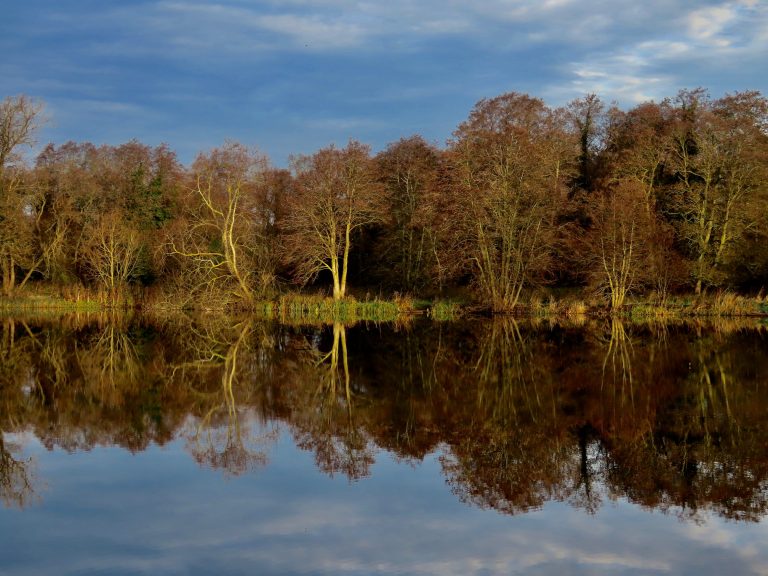For nigh on forty years I was a member of the truly excellent Norfolk Flyfishers’ Club (NFC), and it was with great regret I let my ticket go this year. Still, by happy chance, I still receive the newsletter that brings me a good read and revives happy memories.
This time round, David, the compiler of this monthly missive, was asking for advice on the issue of algae in so many stillwaters. Of course, murkiness hardly helps flyfishing, but even coarse fishing is affected by disappearing clarity. And as we have always tended to associate clear water with a healthy water, losing clarity is something to worry about.
Apparently, the EA have been called in and diagnosed increased nitrate and phosphate levels. I guess we could all have done that! David also, almost certainly correctly, suggests that the surfeit of geese on the water is hardly helping either.
If anyone can get action on this issue, it is probably the NFC, given the breadth and depth of their combined intelligence and expertise. But this algae issue is one I am seeing on all my travels on most stillwaters. Of course, many of us are aware of the desperate situation on the Wye, but my fear is that many, perhaps most stillwaters are afflicted, to at least some extent.
I have been reading a book on Norfolk wildlife written in the Nineties, lamenting the increased phosphate and nitrate levels on all the county’s stillwaters. That was thirty years ago that the problem was recognised, and not a jot of progress has been made. In fact, now I remember it, I had a meeting in 1984 with the old Anglian Water Authority on this very subject, so we have to assume that David’s newsletter is alerting us to something absolutely not new.
But I’d love for someone to tell me that I’m talking rhubarb (again), and all is right with the world. I’d love it even more if someone could outline a national solution to this.



